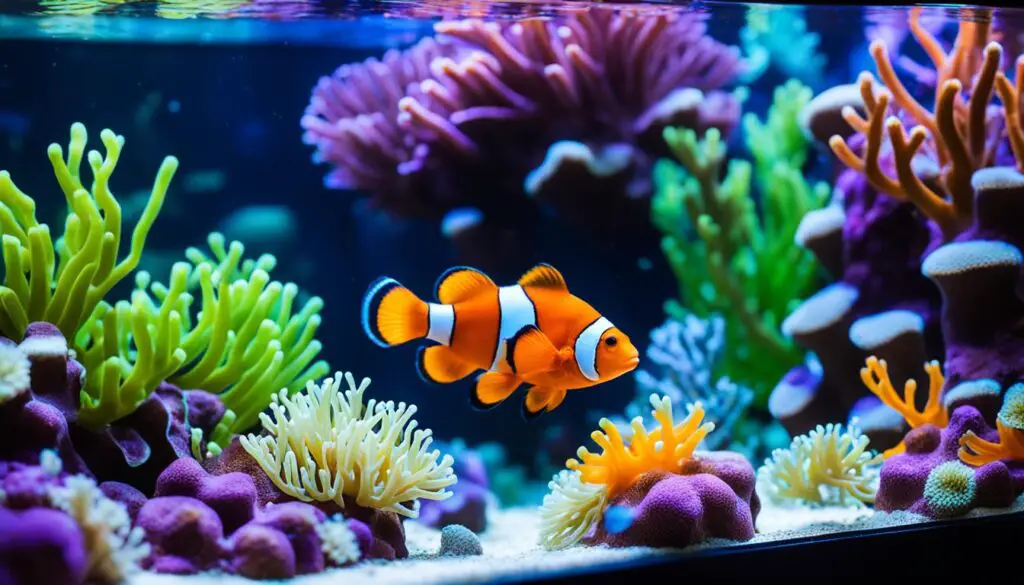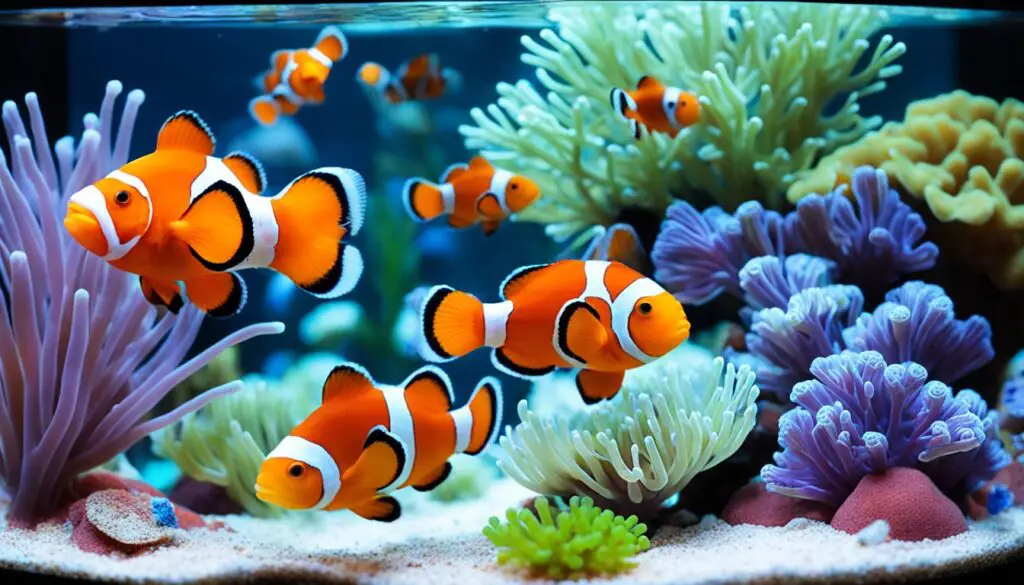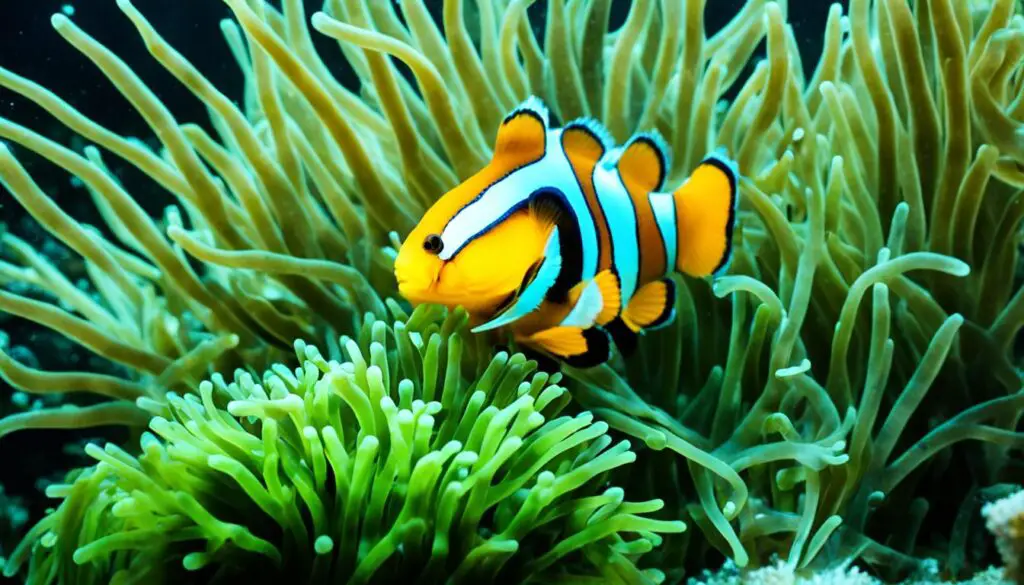Where Do The Pink Dolphins Live
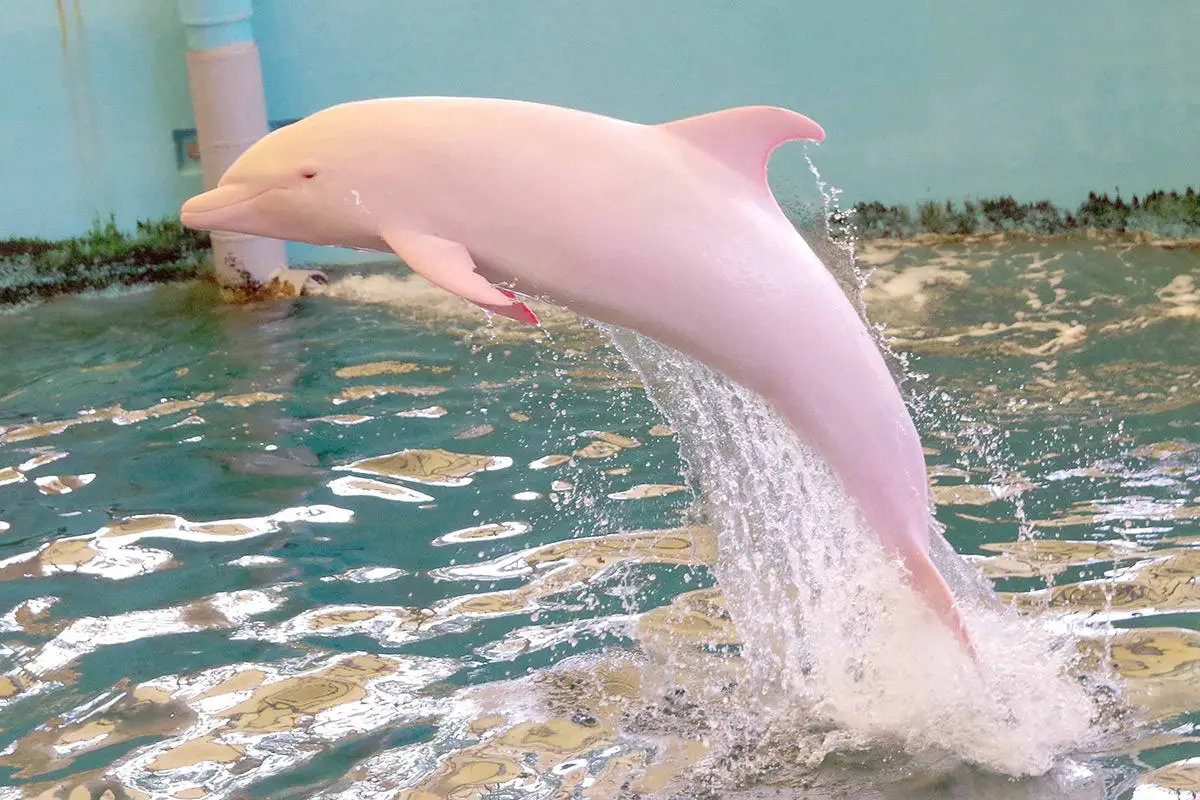
Introduction
The realm of aquatic life conceals a remarkable diversity of species, each uniquely adapted to its environment. Among these captivating creatures are the elusive pink dolphins, also known as Amazon river dolphins or boto. Pink dolphins have long intrigued scientists, nature enthusiasts, and indigenous communities with their distinctive rosy hue and enigmatic presence. One pressing question often arises when contemplating these fascinating beings is: Where do the pink dolphins live?
The habitat of pink dolphins is deeply entwined with the intricate ecosystems of rivers and freshwater bodies, particularly in the Amazon basin. These dolphins are an iconic and keystone species of the Amazon River system, playing a crucial role in the region’s ecology. Delving into their preferred environments, behaviors, and conservation challenges, we uncover the secrets of where the pink dolphins call home.
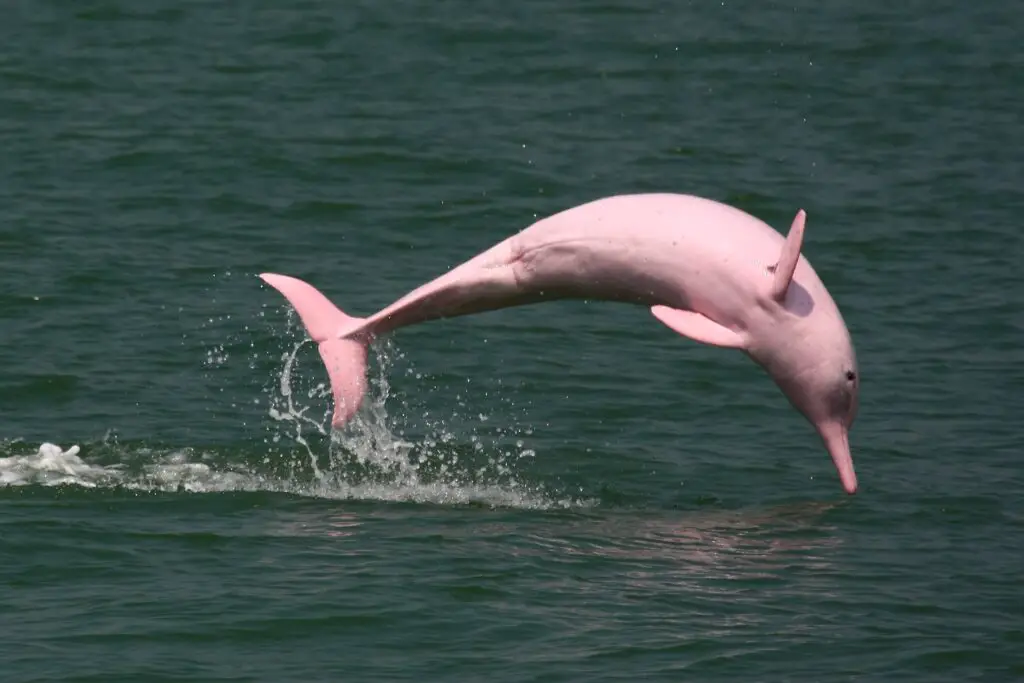
How long do pink dolphins live?
The Amazon pink river dolphin is the largest and most innovative of the five freshwater species. A full-grown dolphin can grow up to 9 feet (2.7 meters) long, weigh 400 pounds (181 kilograms), and live to 30 years old. Pink dolphins, also known as Amazon river dolphins or Boto, have a lifespan that can vary depending on several factors, including their habitat, food availability, and human interactions. In general, pink dolphins have a lifespan of around 20 to 30 years in the wild. However, some individuals have been known to live longer in captivity.
It’s important to note that various environmental factors and human activities can influence the lifespan of pink dolphins. Habitat degradation, pollution, and hunting can negatively impact their populations and reduce their chances of reaching their entire potential lifespan.
Where do pink dolphins live for kids?
We already know that the pink river dolphin lives in freshwater rivers in South America. Specifically, they are found in Bolivia, Brazil, Colombia, Ecuador, Guyana, Peru, and Venezuela. They spend most of their time in lowland portions of the river and reservoirs, lakes, and seasonally flooded forests. Pink, or Amazon river dolphins (Inia geoffrensis), are fascinating creatures that inhabit the Amazon River and its surrounding waterways in South America. These dolphins are well-suited to their unique environment and have adapted to life in freshwater ecosystems.
Here’s a simplified description for kids about where pink dolphins live:
Pink dolphins live in the Amazon River, the largest river in the world. This mighty river flows through the countries of Brazil, Peru, Colombia, and a few other South American nations. These dolphins are often found in the quiet, calm parts of the Amazon River and its tributaries, where the water is not too fast or turbulent.
They love the warm and murky waters of the Amazon, filled with many different fish and other creatures they like to eat. These dolphins are specially adapted to live in freshwater, separate from the salty ocean water that most people think of when they hear about dolphins.
In the Amazon, pink dolphins have plenty of places to hide, rest, and play among the twisting trees and lush plants of the rainforest that line the river. So, if you ever go exploring the Amazon River, keep your eyes peeled, and you might catch a glimpse of these fantastic pink dolphins swimming in the water!
Where do dolphins live?
Most dolphins are marine and live in the ocean or brackish waters along coastlines. There are a few species, however, like the South Asian river dolphin and the Amazon river dolphin, or boto, that live in freshwater streams and rivers. The largest dolphin, the orca, can grow over 30 feet long. Dolphins are a diverse group of marine mammals whose habitats vary depending on their species.
Here’s a general overview of where dolphins live:
Oceans: Many dolphin species, including the common bottlenose dolphin, live in the world’s oceans. They are often found in coastal areas as well as open ocean environments.
Seas: Dolphins can be found in various oceans around the world, including the Mediterranean Sea, the Red Sea, and the Caribbean Sea.
Rivers and Estuaries: Some dolphin species, like the Amazon river dolphin (pink dolphin), inhabit freshwater environments such as rivers, estuaries, and lakes.
Polar Regions: Certain dolphin species, like the orca (killer whale), are adapted to cold polar regions and can be found in the Arctic and Antarctic oceans.
Tropical and Temperate Zones: Dolphins are distributed across various temperatures and latitudes, from low to temperate regions.
Coastal and Offshore: Dolphins can be found near the coast and in deeper offshore waters. They often migrate for food, following schools of fish and other prey.
Dolphins are highly adaptable animals and have evolved to live in various marine environments worldwide. Their ability to swim and explore in different oceans and seas makes them one of the planet’s most widely distributed marine mammals.
Why do dolphins turn pink?
Dolphins bellies turn pink to dump excess heat when they’re active, especially during summer months in warm waters, such as Texas,” said Fougères. “It is called vasodilation, which permits blood to flow within the peripheral arteries and diffuse heat into the cooler environment. Dolphins, including the pink or Amazon river dolphin (Inia geoffrensis), do not typically turn pink like some other animals change color. Instead, the name “pink dolphin” primarily refers to the unique coloration of these dolphins, which can vary from grayish-pink to bright pink, especially in older individuals.
The pinkish coloration of pink dolphins is a result of a combination of factors:
Blood Vessels: Pink dolphins have a network of blood vessels near the surface of their skin, which can give them a rosy or pinkish hue, particularly when they are excited, active, or experiencing changes in blood flow.
Age and Sun Exposure: Older pink dolphins tend to have more prominent pink coloring, possibly due to sun exposure and increased pigmentation in their skin as they age.
Environmental Factors: Water quality and certain minerals in the rivers and streams where they live can also affect the coloration of pink dolphins. Tannins from decomposing vegetation in the water may contribute to the pinkish tint.
Individual Variation: Not all pink dolphins are equally pink, and there can be significant individual variation in their coloration. Some may appear more grayish, while others have a more distinct pink color.
It’s important to note that the pink coloration of these dolphins is not permanent and can change depending on various factors, including their age, health, and environmental conditions. The exact reasons for the pink coloration are still the subject of scientific study and investigation.
Where do pink dolphins sleep?
When sleeping, dolphins often rest motionless at the water’s surface, breathing regularly, or swimming very slowly and steadily, close to the surface. In shallow water, dolphins sometimes sleep on the seabed, rising regularly to the surface to breathe. Pink dolphins, like other dolphin species, have adapted to their aquatic environment in terms of their sleep patterns. Dolphins are conscious breathers, which means they need to surface to breathe regularly. As a result, they do not experience deep, uninterrupted sleep like humans.
Instead, pink dolphins engage in unihemispheric slow-wave sleep, which allows one hemisphere of their brain to rest. At the same time, the other remains active for essential functions like swimming, surfacing for air, and maintaining awareness of their surroundings. This form of sleep enables them to meet their physiological needs while minimizing the risk of predation and other dangers in the water.
Pink dolphins typically sleep near the water’s surface and often rest in calm, sheltered areas or along the riverbanks. During their rest periods, they may maintain buoyancy to stay afloat, which requires less effort than continuous active swimming.
The duration and frequency of rest periods vary among individuals and may depend on factors like age, reproductive status, and environmental conditions. Pink dolphins, especially mothers with calves, often engage in social resting behaviors, grouping with other dolphins during their resting phases.
What do pink dolphins eat?
Pink dolphins eat almost anything small that swims. They eat around 50 species of Amazon fish, including piranhas. Turtles and crabs are also on the daily diet, which consists of about 2.5% of its body weight daily. Pink dolphins have a powerful jaws. Pink dolphins are carnivorous and primarily feed on a diet of various aquatic creatures in South America’s rivers and waterways. Their diet typically includes:
Fish: Pink dolphins feed on various fish species, including catfish, piranhas, tetras, and other freshwater fish. They use echolocation to locate and capture their prey.
Crustaceans: In addition to fish, pink dolphins consume crustaceans such as crabs and crayfish when available in their habitat.
Occasional Prey: Depending on the region and local food availability, pink dolphins may occasionally consume other aquatic animals like tiny turtles and small mammals.
Their hunting techniques involve using echolocation to detect the movements and locations of prey. Pink dolphins have long, sharp teeth well-suited for grasping and tearing prey. They are skilled hunters and are adapted to navigate the sometimes murky waters of their riverine habitats while hunting for food. Their diet may vary slightly depending on the specific location and the seasonal availability of prey.
Is a pink dolphin real?
The Amazon river dolphin, also known as the pink river dolphin or boto, lives only in freshwater. It is found throughout much of the Amazon and Orinoco river basins in Bolivia, Brazil, Colombia, Ecuador, Guyana, Peru, and Venezuela. Yes, pink dolphins are accurate and are a type of dolphin known as the Amazon river dolphin, Inia geoffrensis. These dolphins are often called “pink dolphins” because of their distinctive pink coloration, ranging from grayish-pink to bright pink. Pink dolphins are native to the Amazon River basin and its surrounding waterways in South America.
Here are some key characteristics and facts about pink dolphins:
Coloration: Pink dolphins are well-known for their pinkish hue, which is most prominent in older individuals and can vary based on age, health, and environmental conditions.
Habitat: They inhabit the freshwater ecosystems of the Amazon River, including tributaries, lakes, and flooded forests. Unlike most other dolphins, pink dolphins are adapted to freshwater environments.
Physiology: Pink dolphins have long snouts and sharp teeth, which they use for hunting fish and other aquatic prey. They are known for their agility and skill in navigating through the Amazon’s complex and sometimes murky waters.
Conservation: Pink dolphins are considered near-threatened or vulnerable due to habitat degradation, pollution, and hunting. Conservation efforts are in place to protect these unique dolphins and their habitats.
Are pink dolphins in danger?
Pollution is another threat to the Amazon river dolphin. Small gold mining operations cause mercury pollution, making it to dolphins through the food chain. River dolphins eat a lot of catfish, which dwell on the bottom of waterways where mercury generally accumulates. Amazon river dolphins are endangered. Yes, pink dolphins, also known as Amazon river dolphins, face various threats, and their populations are considered vulnerable or near-threatened in different parts of their range.
Several factors contribute to the challenges they face:
Habitat Loss: Deforestation, dam construction, and other human activities have led to significant habitat loss and alteration in the Amazon River basin. This can disrupt the ecosystems these dolphins rely on for food and shelter.
Water Pollution: Pollution from agricultural runoff, mining, and industrial activities can contaminate the waterways where pink dolphins live. Polluted water can harm the dolphins directly and reduce the availability of their prey.
Illegal Hunting: In some regions, pink dolphins are hunted for meat and oil or captured for the pet trade. This hunting and business are often illegal but continue to be a threat to their populations.
Boat Traffic: Increased boat traffic in the Amazon River can lead to collisions between dolphins and boats, causing injuries and deaths.
Climate Change: Climate-related changes in water levels and temperature can also affect the dolphins’ habitat and prey availability.
Conservation efforts are underway to protect pink dolphins and their habitats. These efforts include creating protected areas, researching their behavior and population dynamics, raising awareness about their conservation status, and implementing regulations to reduce hunting and habitat destruction.
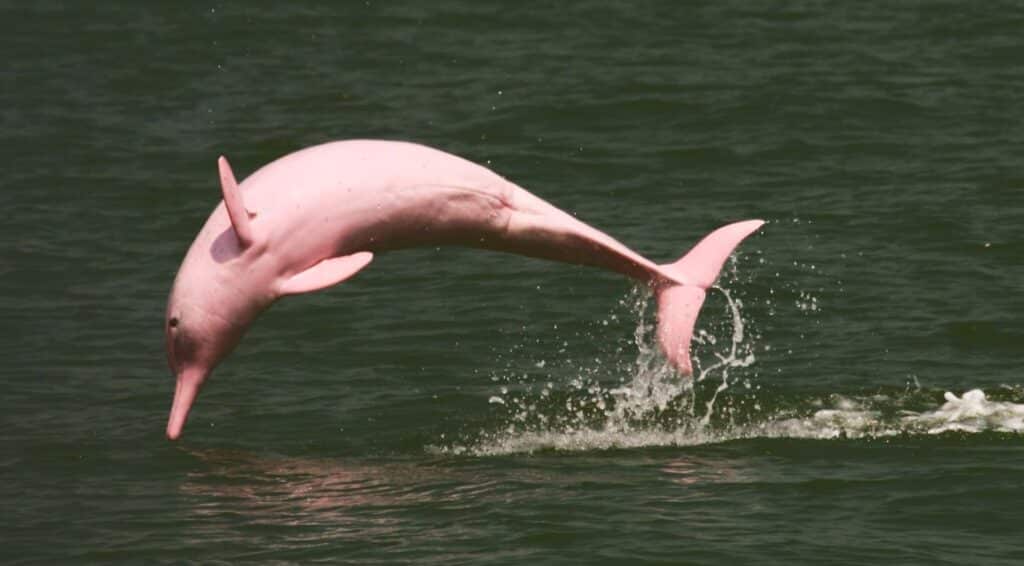
Conclusion
The habitat of pink dolphins, nestled within the labyrinthine waterways of the Amazon basin and other freshwater bodies in South America, holds ecological and cultural significance. Their rosy presence in these regions serves as a reminder of the rich tapestry of life beneath the water’s surface.
As we conclude our exploration of where pink dolphins live, we are reminded of the delicate balance that sustains these captivating creatures and the complex interplay of human activities and conservation efforts in preserving their habitat. The future of pink dolphins and the diverse ecosystems they inhabit hinges on our commitment to responsible stewardship of these vital aquatic environments.

